Journeys and Jottings
Issue 68 - Lets visit Galle in Srilanka today
Ayubowan! Hello and welcome to Journeys and Jottings. A big, warm, and grateful welcome to all the new subscribers, readers, and followers who have joined in this month. I hope you will enjoy travelling virtually with me as we explore destinations and share travel stories. I would love to hear from you about your travel experiences as well and do drop in a line if you would like to collaborate or share your stories and perspectives. Journeys and Jottings is a reader-supported publication and I share my insights on travel and talk about people, places, experiences, and milestones.
On a different note, the monsoon is here. It's been raining and how in Bangalore and am not just talking about the weather. A lot of things are happening on the personal and professional front. But let’s just do a bit of virtual travel to Galle in Sri Lanka. Did you know how Galle got its name and there is a story around a rooster here?
It was a breezy morning as we drove from Colombo to Galle. The sun had heard our prayers of mercy and the clouds were floating around. My driver, Kamil was a treasure house of stories and he told us that Galle’s legends date back to the Ramayana. It was a two-hour journey and as we zipped around on the highway, I heard several tales that took me to the colonial era.
I was amused when Kamil told me that it was a rooster that gave the name to the coastal city. When the Portuguese landed on the shores here, driven by a storm around the 16th century, they heard a rooster announcing daybreak and decided to call it Galle after Gallo, meaning a cock. Even the Dutch retained it as the symbol of the city, as the bird was called Gallus in their lingo.
But Galle had a name even before the Portuguese arrived. It was called Gimhathiththa which meant in Sinhalese the port near the river Gin. It was established as a trading port and cinnamon from the region was in great demand since time immemorial. Galle even had its share of famous visitors and it was none other than Ibn Battuta who referred to it as Qali in his journals when he travelled here in the 14th century.
Galle has found mentions in several historic chronicles and one of the earliest mentions was in an inscription written in three languages - Chinese, Tamil, and Persian. Dating around the 15th century, it chronicled the visit of the Chinese Admiral Zheng He. However, it was the colonial powers who gave Galle its presen identity.
The laid-back atmosphere of Galle charmed me as we drove through the portals of the old fort. The towering Clock tower greeted me as I entered through the main gate. Young boys were playing cricket in the open while couples were snuggling in quiet corners. The town wore an old-world charm. This tiny maze of streets lent the town character.
Galle was almost like a living fort. Pottering around I stumbled upon slices of colonial life, admiring the Dutch architecture of the old houses and monuments. Some of them had been converted into villas and hotels, set amidst tropical gardens and palm-fringed plantations, indulging you in a languid mood. There were hidden gems in almost every street. I was beckoned by colourful boutiques, souvenir shops, cafes and bars, restaurants, and hotels in almost every nook and corner.
The Portuguese built a small mud fort here with three bastions but it was the Dutch who fortified it and included more bastions, some of them are named the Sun, Moon, and the Star. Spread over 130 acres with 14 bastions, the two large gates open into a world when Galle was at the peak of maritime trade.
The British may have taken over from the Dutch, but it is still the latter who holds sway over this colonial seaside town. Even today the Dutch own properties inside the fort. The former residence of the Dutch governor is now a luxury hotel called Amangalla, but legends say that the erstwhile owner has no plans of leaving his home and haunts a particular room in this magnificent property.
I started walking along the ramparts from one end to the other, gazing at the sea and losing myself in the breeze. The Sun Bastion was the first on my path as I gazed upon the harbour. Standing on the ramparts and feeling the breeze upon my face, I looked upon the vast ocean spread out in front of me. Old monuments from the Dutch era punctuated my stroll. I could see the tall lighthouse at the far end of the ramparts.
A handful of tourists were on a walking tour of the Fort, a UNESCO World Heritage Site now. They entered Church Street and went into the restored Dutch Reformed Church or the Groote Kerk built originally in the 17th century. Adjacent to the Groote Kerk was the Dutch Belfry and across it stood the All Saints Church. The Marine Archaeology Museum lay around the corner too. A Dutch Warehouse had been transformed into the Marine Museum where we saw the devastating force of the tsunami and how it had crippled Galle.
I continued walking along the ramparts again and was at the oldest bastion called Zwart, nicknamed Black as it was always surrounded by a thick pall of smoke. The sun slowly became harsher as I headed towards the old Dutch hospital and the lighthouse, crossing more bastions. I took a break at the elegant colonnaded Dutch hospital building which was now bustling with bars and pubs.
Quenching my thirst with a glass of beer, I lost myself in more stories. The Lighthouse Beach was crawling with people and I walked to the end of the fort where the Flag Rock Bastion stood. Kamil had told me that it was a sport to dive from the cliff, from a height of 40 feet here between this spot and the Triston Bastion. However, it was rather silent today, as the sun was blazing and it was my cue to head towards a cozy restaurant.
Galle cannot be explored in a day. Besides the churches, there were temples, shrines and mosques. Old mansions became museums. Flea markets and fish markets were teeming with locals and tourists. Every street looked like a carnival. There were culinary classes and mask-making workshops. The ocean kept calling me as I lost myself in its many shades. The colourful autos added to the many rainbow hues. The neighbouring beach town at Unawatuna beckoned scuba divers. You could even drive to Polhenna Beach where you can see the fishermen sitting atop poles waiting for their catch. As for me, I just gazed at the sea for eternity, listening to the rhythm of the waves and losing myself in its melody.
Things you need to know before travelling to Galle
Galle is about 130 km from Colombo and it is ideal to at least stay here for a couple of days. A few Dutch bungalows and villas have been restored into bed and breakfasts besides several luxury and boutique hotels. It is a haven for those who love seafood but for vegetarians, the traditional platter of rice and curry is a sumptuous meal. You can get cabs from Colombo. While you can take the Expressway to Galle and back, you can also look at a leisurely drive, stopping by at several attractions like Bentota for water sports or river safari at Balapitiya among others along the other route. Perhaps I will come back another time to experience them.
Would you like to read more such travel stories ?
Support my work, please
I do hope that you enjoyed reading this issue. Looking forward to your feedback as always. As mentioned earlier, if you would like to collaborate do drop in a message here.
And if you did like reading this issue, would appreciate it if you could upgrade to being a paid subscriber. It costs less than $1 a month and around $10 for the whole year. It would go a long way in supporting me and my work.
We are going to keep the flow of conversations going and I would appreciate it if you would share my newsletter with your friends and family.
See you soon! You can also read my travel stories on my blog and follow me on my social media.
Blog - www.lakshmisharath.com
Twitter - www.twitter.com/lakshmisharath
Facebook - www.facebook.com/travelwithlakshmi
Instagram - www.instagram.com/lakshmisharath



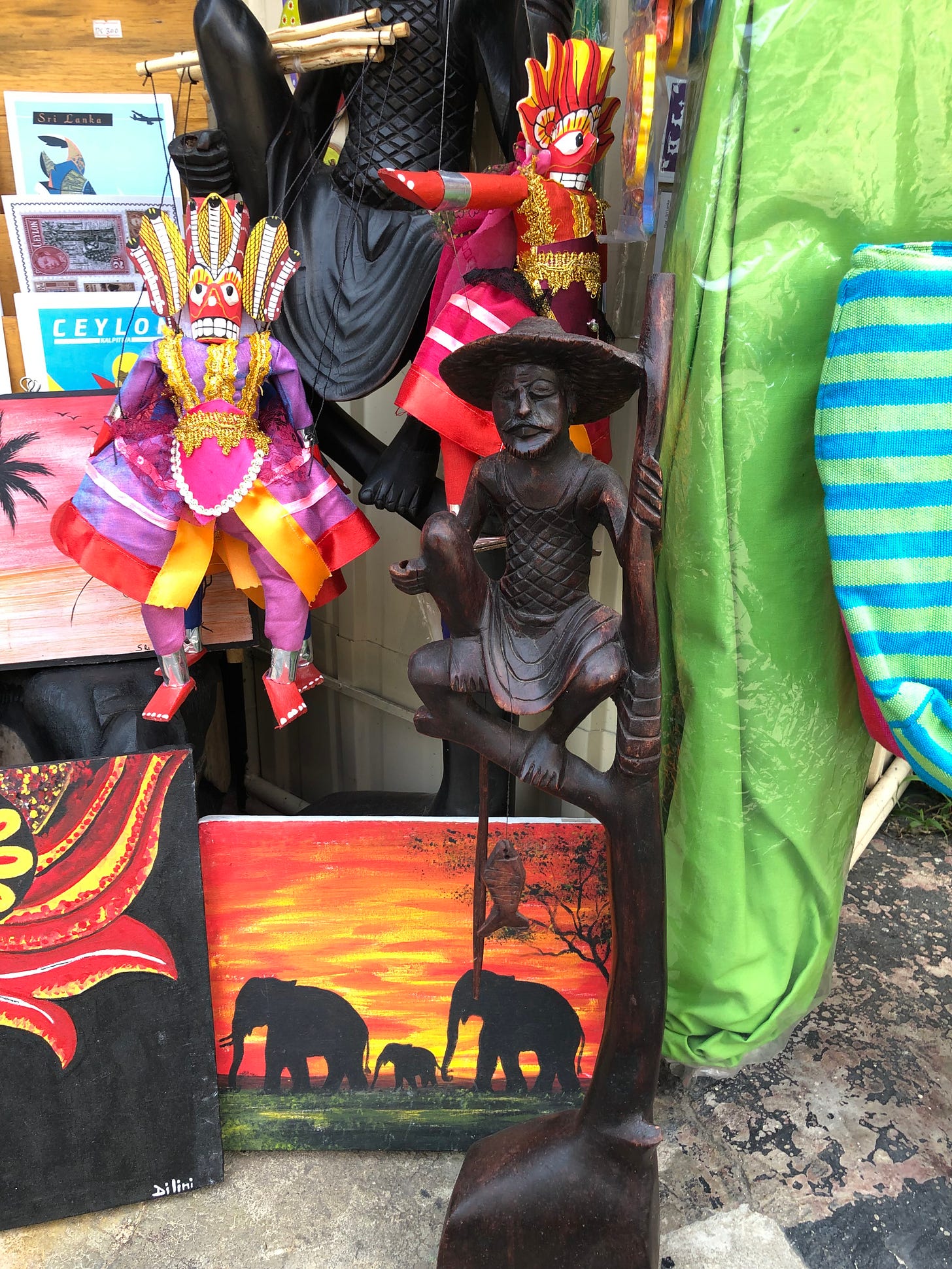

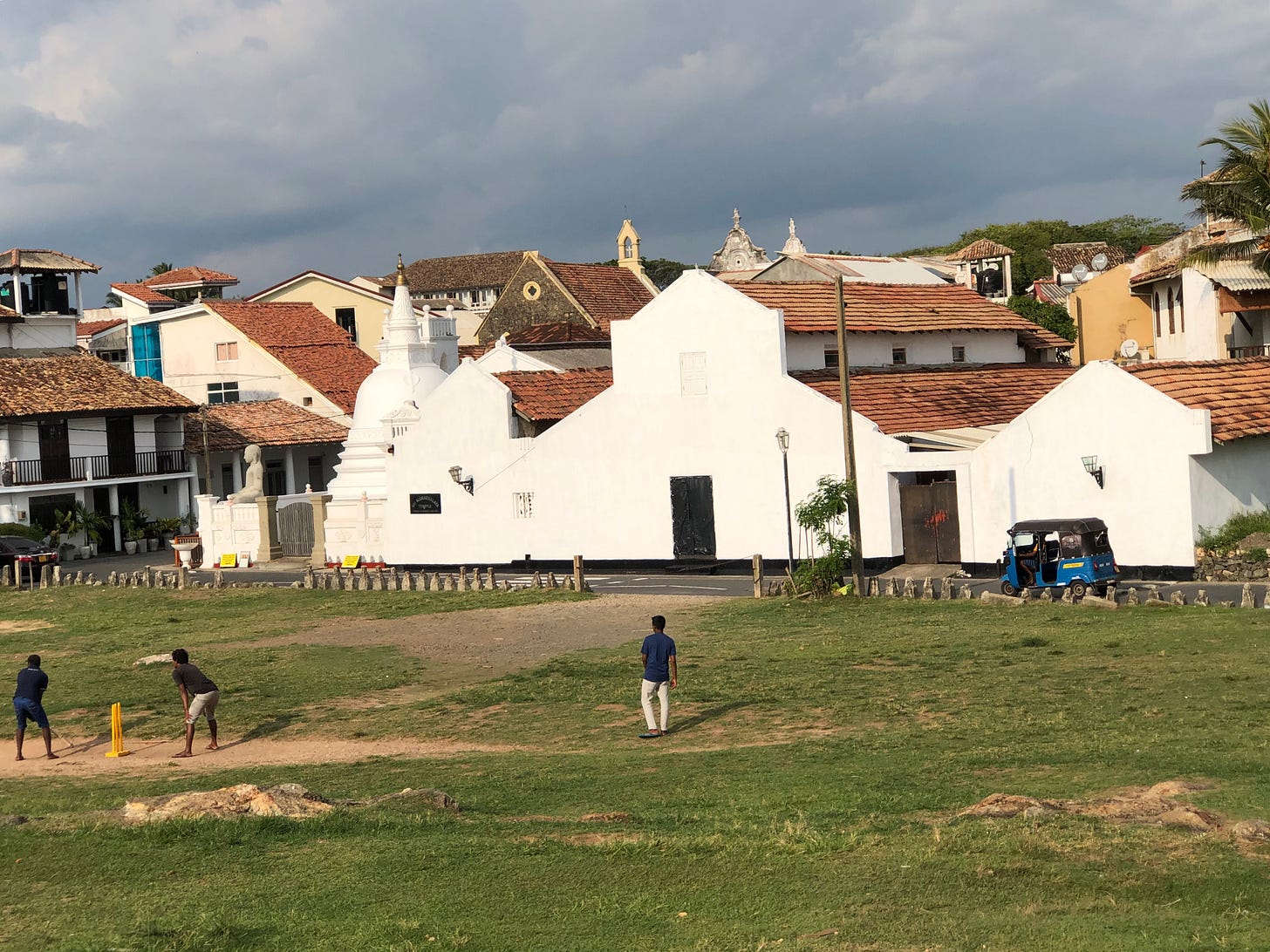
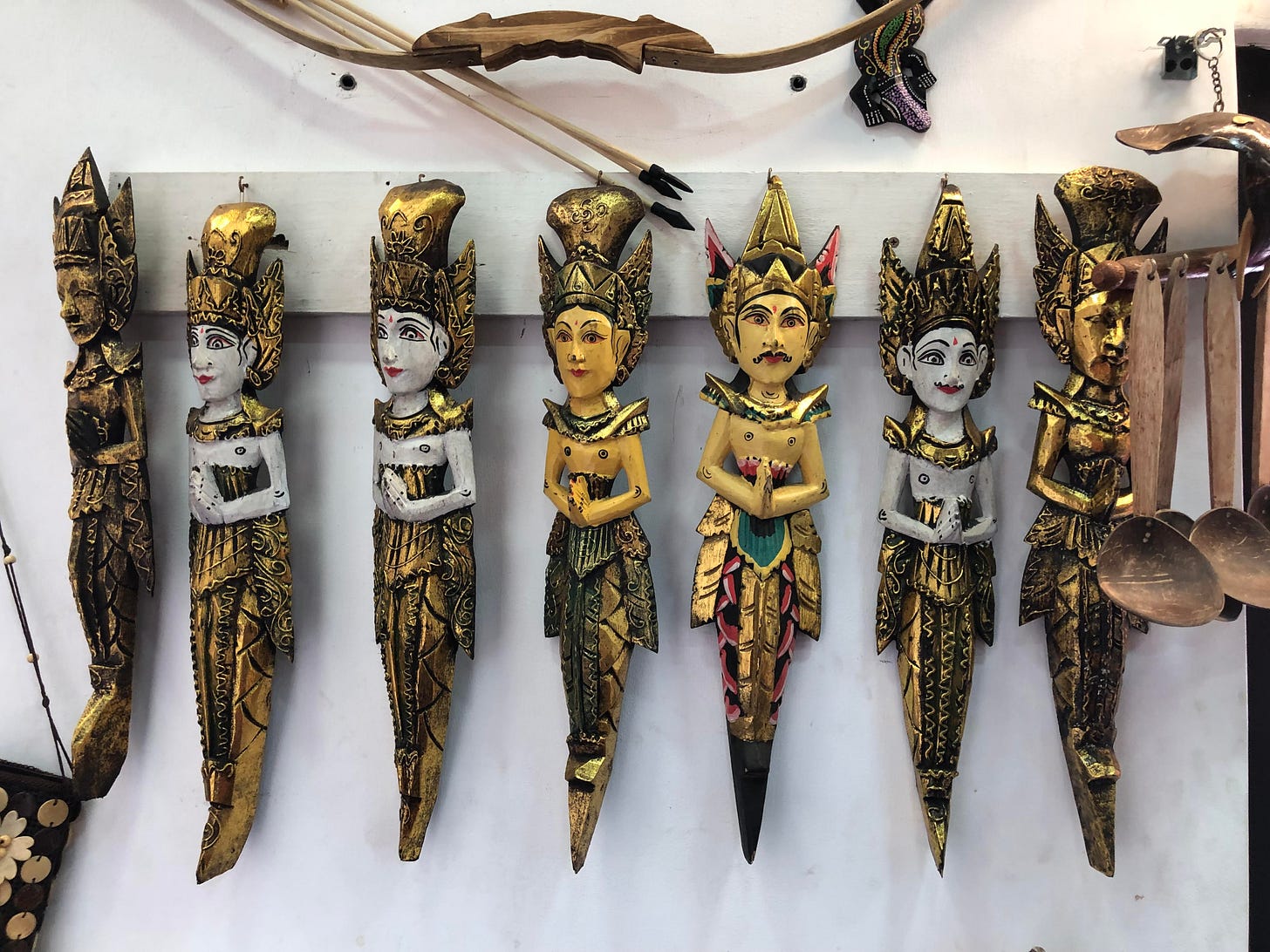
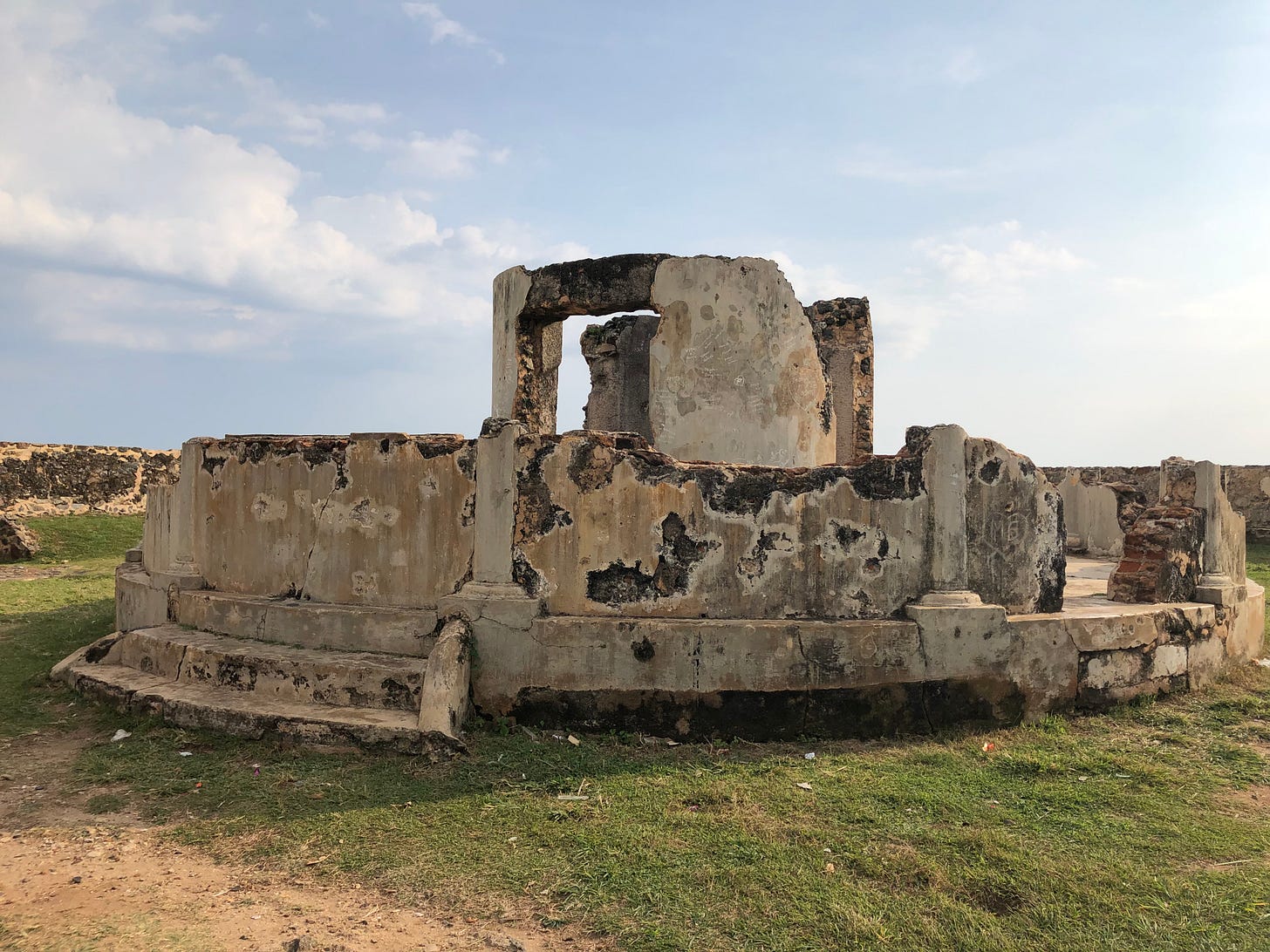


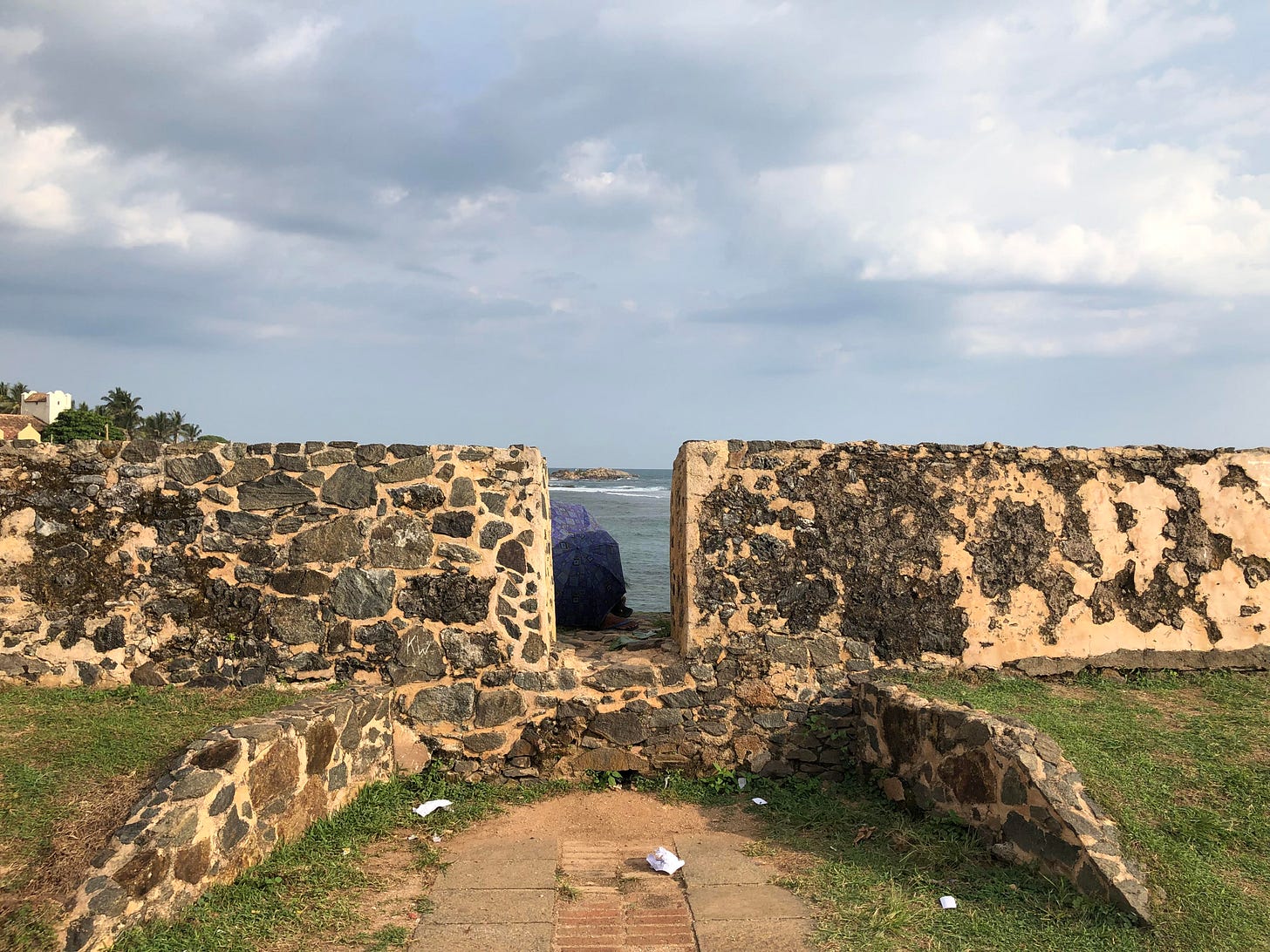



Interesting rest! It brought me back memories of my visit to Galle in 2019.
What a rich and fascinating history, well told Lakshmi